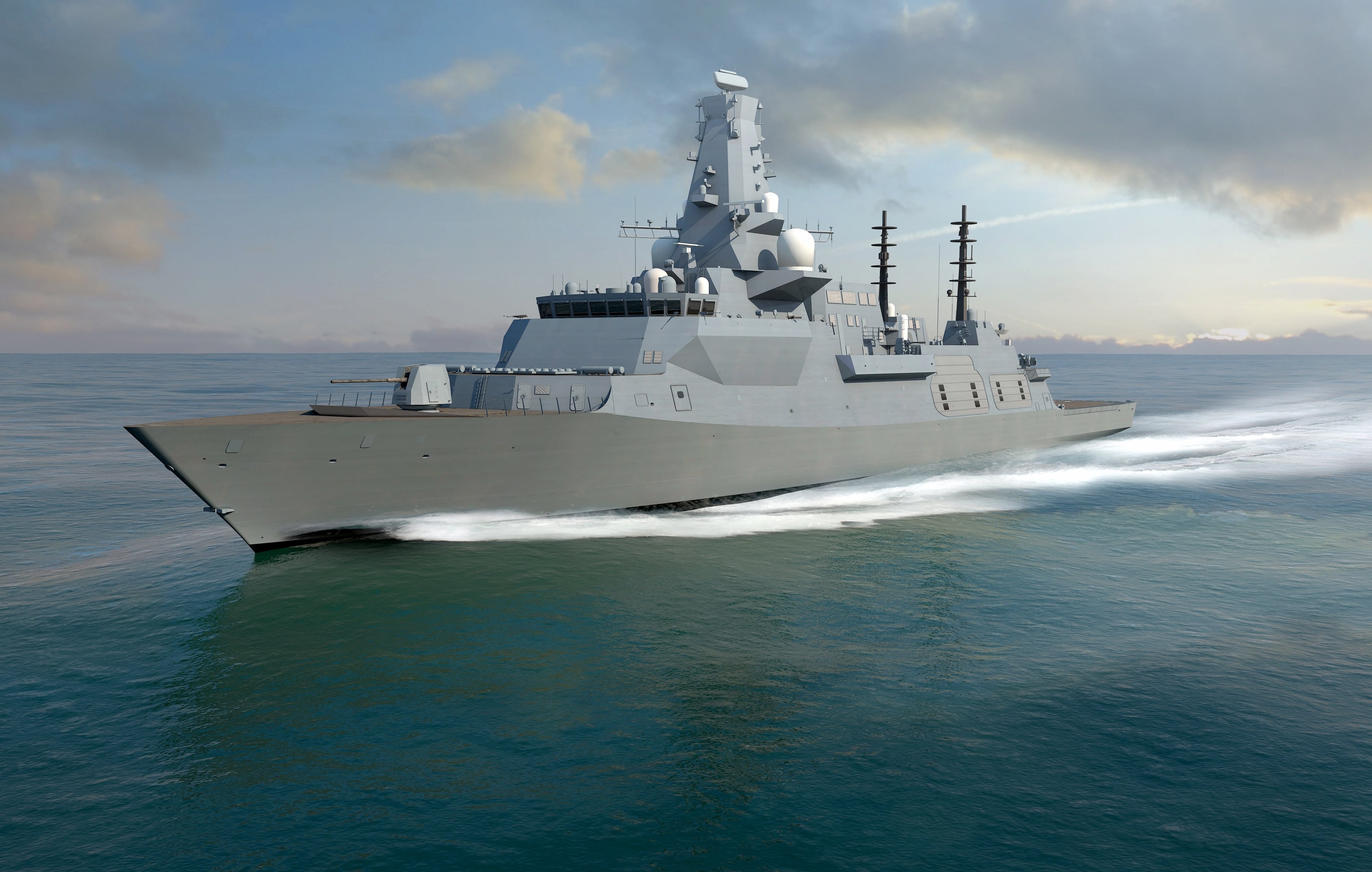LONDON — Britain’s Royal Navy is to equip it’s new Type 26 frigate fleet with Lockheed Martin’s Mk 41 Vertical Launching System for missiles.
Warship-builder BAE Systems has signed up Lockheed Martin to deliver Mk 41s for the first three of the anti-submarine warfare frigates it has under contract.
The Royal Navy is currently slated to operate a fleet of eight Type 26 frigates, with the first of the warships being handed over in the middle of the next decade to replace Type 23 frigates.
The deal brings to 13 the number of navies operating the Mk 46. The U.S., Australia, Germany and Japan are among the users of the system, however, it’s the first time the Royal Navy has purchased the system.
The Type 45 anti-air destroyers operated by the British use the Sylver vertical launch system, built by France’s Naval Group, to fire its MBDA-developed Aster missiles.
Each of the Type 26 frigates will be equipped with three eight-cell MK 41 VLS modules. BAE’s initial order includes nine MK 41 modules, sufficient for the first three ships of the class.
The Ministry of Defence mandated the Mk 41 buy as part of a single-soure deal.

Nadia Savage, director of the Type 26 program at BAE, said the “vertical launching system contributes to our overall combat management system and will further enhance platform flexibility and capability, which are core to the design of the Type 26.”
The British have yet to publicly specify the missile types to be deployed in the Mk 41, but the launcher system has the flexibility to simultaneously operate anti-surface, land-attack, anti-air and anti-submarine weapons.
RELATED

MBDA’s new Sea Ceptor anti-air missile — destined to be fitted to the warship — has already been test-fired from the Mk 41, but the weapon is expected to have its own dedicated launcher on the Type 26.
The Sea Captor work was part of wider cooperation announced in 2013 by Lockheed Martin and MBDA to offer missiles developed by the latter available on the Mk 41 and the smaller ExLS family of launchers
Adm. Philip Jones, first sea lord, said last year the Type 26’s firepower will also be “bolstered by the future offensive surface weapon — the missile currently being developed to replace the Harpoon.”
The problem is the British had planned to withdraw the Harpoon from service this year; whereas the Anglo-French initiative to develop the future cruise/anti-ship weapon won’t be ready to deploy until around 2030.
The plan to ditch Harpoon and leave anti-surface capability in the hands of the warships’ deployed helicopters for a decade or so has now been temporarily shelved while the Royal Navy reconsiders its options after it ran into a storm of opposition over the original decision.
The Mk 41 deal with BAE could open the door to further Type 26-related orders. Australia and Canada are both considering the warship to meet future frigate requirements.
A decision by the Australian government is expected in the second quarter of this year.
The deal with Lockheed Martin is the latest in a string of supply chain contracts for the Type 26 awarded by BAE as the build program progresses.
Rolls-Royce recently announced it had secured a deal to supply low-noise propellers and mission bay handling technology for the warship.
The company is already delivering the majority of the propulsion system as a result of earlier contracts for MT30 gas turbines and MTU Series 4000 diesel generators.
As of November, BAE had 44 companies supplying equipment and materials for the Type 26 program.
BAE cut the first metal on the program in mid-2017 under a £3.7 billion (U.S. $5.1 billion) deal with the MoD to build three warships and provide infrastructure and other support capabilities for the program.
The warships, being built at BAE’s shipyards in Glasgow, Scotland, will be known as the City class. The first warship will be called HMS Glasgow.
BAE recently said it had started production work on a second zone of the warship. The zone houses the main machinery space, aviation stores for embarked helicopters and a recreational area for the ships’ 59 senior rates.
Andrew Chuter is the United Kingdom correspondent for Defense News.








